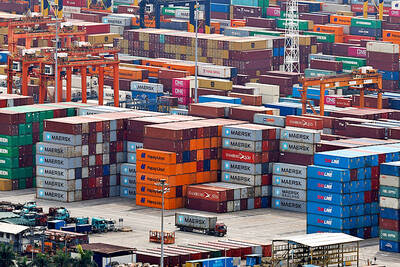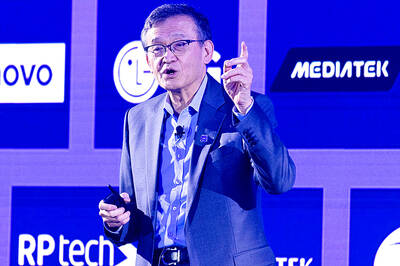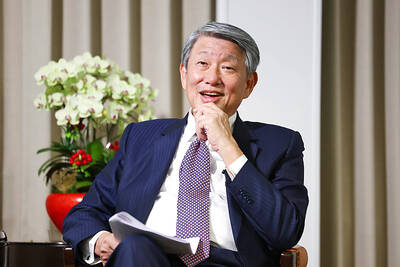Two of Canada's most international financial institutions have received regulatory approval to add branches in China, as the country opens its financial-services market to foreign competitors.
Bank of Nova Scotia, also known as Scotiabank, said on Friday that the China Banking Regulatory Commission has agreed to let the Canadian bank upgrade its Shanghai office into a full branch.
The branch will be the hub for Scotiabank foreign exchange and treasury services in China, as well as offering loans and deposit-taking services to Chinese and international companies, with a focus on trade finance.
Scotiabank, which has been operating in China for over 20 years, claims the largest Canadian bank network in the country, with branches in Guangzhou and Chongqing and representative offices in Beijing and Shanghai.
Also Friday, Manulife-Sinochem Life Insurance Co., a subsidiary of Toronto-based Manulife Financial, said it had received approval for a branch in Chengdu, the capital of Sichuan Province.
China's business landscape has changed since Manulife began getting Chinese licenses in 1996, spokesman Peter Fuchs said.
"In the last couple of years, the licenses have been coming much more frequently and I think that speaks to the difference in regulation with [the China Insurance Regulatory Commission] and the government," he said.

Nvidia Corp CEO Jensen Huang (黃仁勳) today announced that his company has selected "Beitou Shilin" in Taipei for its new Taiwan office, called Nvidia Constellation, putting an end to months of speculation. Industry sources have said that the tech giant has been eyeing the Beitou Shilin Science Park as the site of its new overseas headquarters, and speculated that the new headquarters would be built on two plots of land designated as "T17" and "T18," which span 3.89 hectares in the park. "I think it's time for us to reveal one of the largest products we've ever built," Huang said near the

China yesterday announced anti-dumping duties as high as 74.9 percent on imports of polyoxymethylene (POM) copolymers, a type of engineering plastic, from Taiwan, the US, the EU and Japan. The Chinese Ministry of Commerce’s findings conclude a probe launched in May last year, shortly after the US sharply increased tariffs on Chinese electric vehicles, computer chips and other imports. POM copolymers can partially replace metals such as copper and zinc, and have various applications, including in auto parts, electronics and medical equipment, the Chinese ministry has said. In January, it said initial investigations had determined that dumping was taking place, and implemented preliminary

Intel Corp yesterday reinforced its determination to strengthen its partnerships with Taiwan’s ecosystem partners including original-electronic-manufacturing (OEM) companies such as Hon Hai Precision Industry Co (鴻海精密) and chipmaker United Microelectronics Corp (UMC, 聯電). “Tonight marks a new beginning. We renew our new partnership with Taiwan ecosystem,” Intel new chief executive officer Tan Lip-bu (陳立武) said at a dinner with representatives from the company’s local partners, celebrating the 40th anniversary of the US chip giant’s presence in Taiwan. Tan took the reins at Intel six weeks ago aiming to reform the chipmaker and revive its past glory. This is the first time Tan

CUSTOMERS’ BURDEN: TSMC already has operations in the US and is a foundry, so any tariff increase would mostly affect US customers, not the company, the minister said Taiwanese manufacturers are “not afraid” of US tariffs, but are concerned about being affected more heavily than regional economic competitors Japan and South Korea, Minister of Economic Affairs J.W. Kuo (郭智輝) said. “Taiwan has many advantages that other countries do not have, the most notable of which is its semiconductor ecosystem,” Kuo said. The US “must rely on Taiwan” to boost its microchip manufacturing capacities, Kuo said in an interview ahead of his one-year anniversary in office tomorrow. Taiwan has submitted a position paper under Section 232 of the US Trade Expansion Act to explain the “complementary relationship” between Taiwan and the US